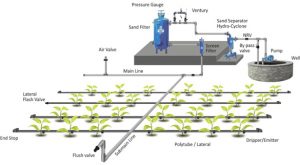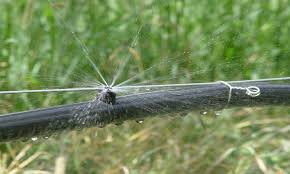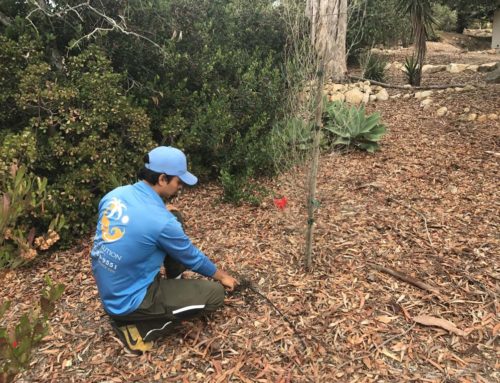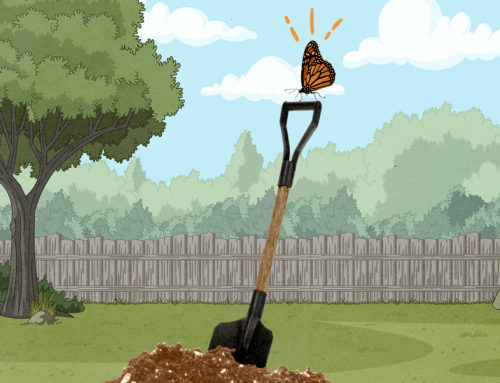The Case for Drip Irrigation For Garden Maintenance
Drought conditions have left homeowners wanting a way to properly irrigate their prized gardens without consuming more water than permitted when restrictions are in place.
Drip irrigation could be the answer.

Garden Maintenance
Most effective for garden areas, this type of system is simply perforated tubing laid upon the surface of the planting area, emitting water directly into the soil for efficient delivery to plants’ root systems.
There are clear advantages to using drip in your garden beds. The low-and-slow release of water prevents the waste seen with traditional systems. No matter how accurate the setup, sprinklers will often overspray, watering sidewalks, driveways, and buildings in addition to the soft scape. Drip irrigation keeps water contained within the beds where it’s needed most. Further, a spray of water into the air can drift in the wind or quickly evaporate-especially on hot days—before even reaching the plants. Taller plants and structures in the landscape, too, create barriers, denying lower material from receiving a much-needed drink.
At the ground level, what water does hit the surface can again evaporate as it sits on a thick layer of mulch awaiting percolation. Conversely, water that pools in low areas will give way to runoff, forming rivulets that run right past the plants that need the water, contributing to soil erosion and carrying harmful fertilizers and debris into waterways.

Drip Irigation System For Garden Maintenance
The key argument for drip irrigation is water conservation. Reducing the tendency to overwater and keeping the water one uses in the garden within the garden is not only environmentally sustainable and responsible in times of drought, it can provide savings on homeowners’ utility bills.







Leave A Comment
You must be logged in to post a comment.